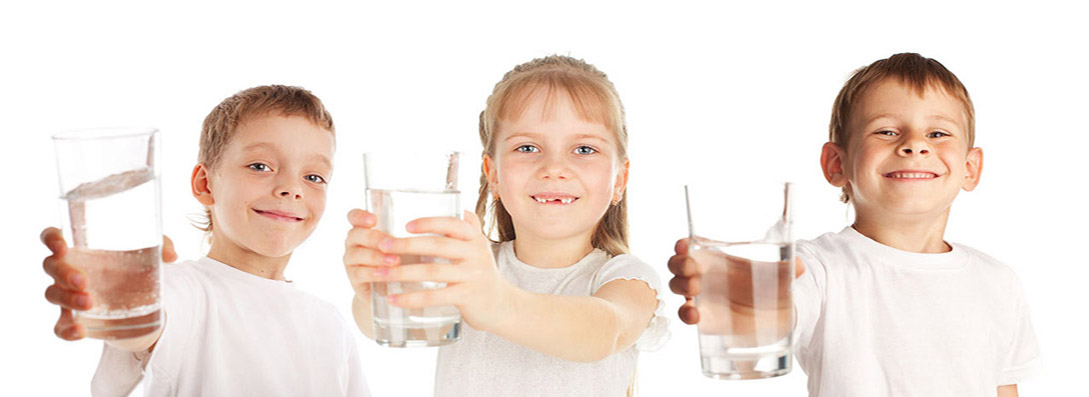Application of Hypochlorous Acid in Wound Care
In 2002, Japan's Ministry of Health, Labor and Welfare and the US FDA (Food and Drug Administration) have identified slightly acidic HClO technology. The National Center for Biotechnology Information (NCBI) recognizes hypochlorous acid as a wound care agent; the FDA approves hypochlorous acid as a disinfectant for medical and dental equipment; it is currently the world's leading and mature sterilization and virus killing technology.
HClO has strong oxidation, see Organic Reactions. Therefore, HClO can effectively remove organic residues.
1. Application of hypochlorous acid in burn field
Burns and scalds are common accidental injuries in life. Boiling water, boiling porridge, hot oil and hot steam are common types of burns. Compared with other wounds, burn wounds are generally characterized by difficult healing and easy infection. HOCl has activity on bacteria, viruses, fungi and other microorganisms and biofilms, and increases oxygenation at the wound site to promote healing.
Hypochlorous acid has debridement and anti-infection effects on first-degree and second-degree burns, and can reduce the activity of histamine, leukotriene B4 (LTB4) and interleukin, thus reducing the feeling of itching in the body.
2. Application of hypochlorous acid in dermatology
It is suitable for cleaning and disinfecting skin defect, skin eczema and wound infection. It is not necessary to worry about drug resistance of bacteria and fungi in skin wound disinfection.
In 2018, Berman B et al., Center for Clinical and Aesthetic Research, Miller School of Medicine, University of Miami, conducted a controlled study of hypochlorous acid (HOCl) in the treatment of itching caused by atopic dermatitis. The subject met Hanifin criteria for atopic dermatitis (AD) and had an itch severity score greater than 2 (0-4). Thirty subjects were enrolled in this project, 20 randomly assigned to treatment group (HOCl) and 10 randomly assigned to untreated control group. The subject was treated with a solution containing HOCl for 72 hours and the usage record was recorded accordingly.
The study showed that hypochlorous acid (HOCl)-containing solutions applied for 24 hours reduced itching associated with atopic dermatitis (AD) compared with 72 hours untreated and were significantly better than 72 hours untreated.
Hypochlorous acid has sufficient convincing evidence that a concentration of HOCl stabilizing agent, similar to the HOCl molecule produced by neutrophils during an oxidative burst (a natural defense against microbial invasion), can safely and effectively kill pathogenic bacteria and thus promote wound healing.
Application
Contact Us

Name: Diana
E-mail: [email protected]
Skype: +86-15-22-27-71-011
WeChat: +8615222771011
Whatsapp: +8615222771011
Add: Office N.420D-C1 Tower Ajman,UAE









 Skype Chat
Skype Chat WhatsApp
WhatsApp  Mail inquiry
Mail inquiry
